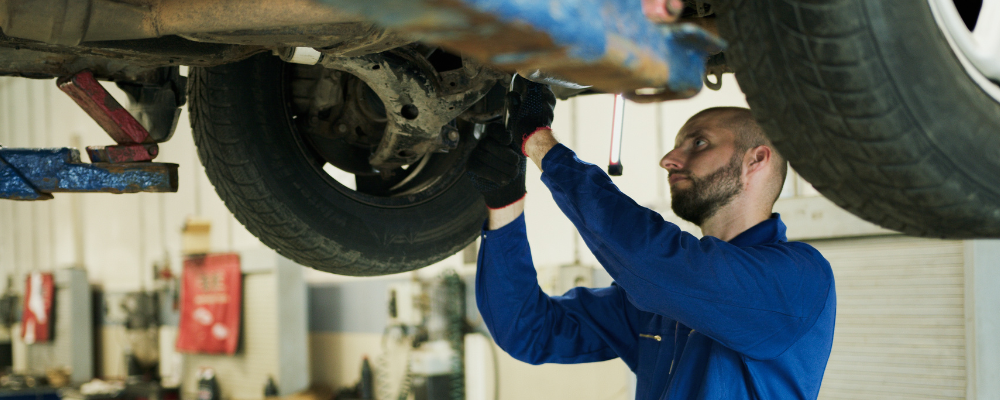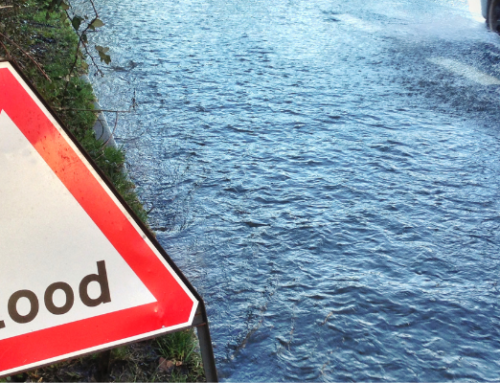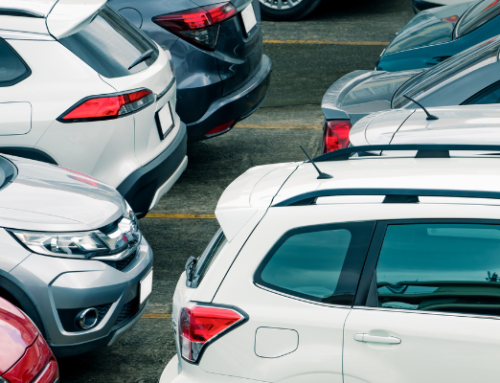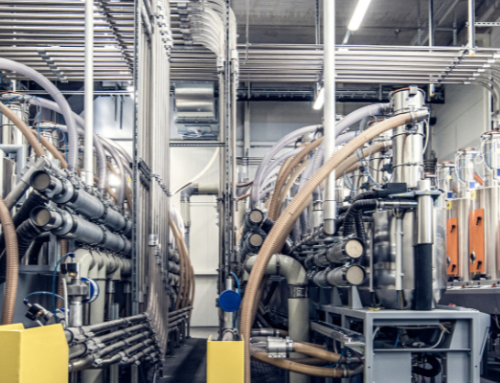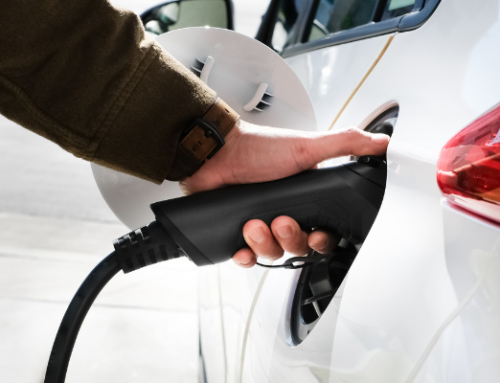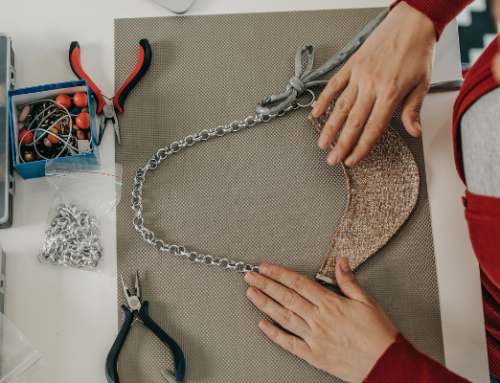As motor vehicles continue to evolve, they increasingly incorporate advanced safety systems designed to warn drivers of potential hazards. Most new cars now feature Advanced Driver Assistance Systems (ADAS), which, as of 2025, have become a standard feature1 in every new vehicle sold.
With the growing complexity of ADAS, more recalibration requirements are necessary to ensure optimal functionality.
What is ADAS?
Advanced Driver Assistance Systems (ADAS) are sophisticated electronic systems that monitor the environment around the vehicle and give assistance, either through audible, sensory warnings or through direct autonomous interaction with the vehicle.
These automotive sensors are designed to help keep drivers safe by providing information about the car’s surroundings, that can aid the driver to avoid collisions.
There are many different types of ADAS sensors, including cameras (front, rear and side), radar (front and rear) and lidar sensors, besides some others.
Common types of ADAS include:
- pedestrian detection and crash avoidance
- lane departure warning and lane keeping assistance
- traffic sign recognition
- autonomous emergency braking
- blind spot detection.
For example whenever a windscreen is replaced, front cameras mounted in the rear view mirror’s base must be recalibrated to ensure they continue to accurately detect their surroundings and hazards, in accordance with insurance industry requirements.
What is recalibration?
Vehicles use cameras often fitted behind the rear-view mirror and when front windscreen is replaced, cameras need to be removed, reattached and then recalibrated according to the manufacturers specifications to ensure the safety system work correctly.
Why recalibration is important for vehicle safety?
Recalibration is vital for several reasons:
- ensures ADAS accuracy
- avoids false sense of security
- ensures compliance with manufacture standards
- addresses insurance liability issues.
Why must recalibration be conducted at repair centres?
Conducting recalibration at repair centres is essential for several reasons:
- Ensures recalibration standards are met, maintaining vehicle performance and safety.
- Repair shops should have access to latest vehicle manufacturer’s repair manuals and information regarding the recalibration process.
- Repair centres are equipped with specialized tools and staffed by trained technicians, crucial for precise recalibration.
- Protects warranties and provides necessary documentation for insurance claims.
Specific instructions for recalibrating each vehicle may require the use of repair centers, which offer the necessary level flooring and lighting. In some cases, vehicles must be driven according to the manufacturer’s criteria, involving tests at the center followed by driving at specific speeds for set durations and distances.
We are here to help
Please do get in touch if you would like to know more about how we can support you and your business.
This article was adapted from an article by Allianz which can be found here.

